5 Must See
Natural Cave Shelters
in the
Shawnee National Forest
There are many Natural Cave Shelters in the Shawnee National Forest that I have visited throughout the years. I always find natural cave shelters to be very interesting to find. Natural cave shelters make great photos and I always have success when making videos of them and the area they are in. In this article, I wanted to showcase the top 5 natural cave shelters that I feel like are a must see for those of you who wish to explore more of the Shawnee National Forest. As a word of caution, many of these natural cave shelters are hard to get to and reside within areas where dangerous conditions exist. If you do plan to visit these places at your risk, please tell someone where you are going before you go and exercise safety before all else – everyone wants to make sure you get home safely after seeing these spectacular natural cave shelters.
Natural Cave Shelter #1: Sand Cave
Sand Cave is one of those natural cave shelters that you must see even if once. Located on the east side of the Shawnee National Forest, this area has a deep history during a much more horrific time in American history. The Sand Cave was used plentiful during the Underground Railroad era as a resupply area for runaway slaves. The nearby Crow Knob and Millers Grove also has ties to African American history in southern Illinois. Sand Cave is technically a natural shelter but is often referred to as an actual cave. The mouth is wide and tall enough for a semi-truck to fit into and at one time, jeeps (illegally mind you) drove around in circles within the cave.
You can get to Sand Cave by following the directions from Google Map on this page. At the end of the road, there is enough parking for maybe 1-3 vehicles on the side of the road. Follow the trail for less than a mile edging the bluff-line until you get to the mouth of the shelter. Motorized vehicles, bicycles and horses are not allowed in the cave or on the trails to the cave as it is an Illinois State Natural Area. Camping and fires in this area are prohibited. The best time to visit this area is during the late fall and early winter seasons. Expect overgrowth during late spring and summer seasons. There is a horse high-line near the main trail for equestrians who wish to visit this shelter.
Natural Cave Shelter #2: Cave-in-Rock
I’ve listed Cave-in-Rock to the must see natural cave shelters list because of its history and size. Most locals have visited this natural shelter many times but some tourists are known to have no idea that it exists. Technically a natural shelter, this has been called a cave for most of its existence. Maybe at one time, it was an actual cave but now it resembles a natural cave shelter more so than anything else. The history of Cave-in-Rock is what makes it so interesting. During the age of flatboats and river pirates, it was said that this hole in the bluff served as a tavern and party spot for some of the most ruthless criminals of that era. Legend says many robberies and even murders have occurred at this location. Nearby, the legend of Pott’s Inn is a story that has been passed down generation upon generation. Cave-in-Rock is nestled right on the banks of the Ohio River and gives a very scenic and relaxing view of Kentucky across the Ohio. This shelter is a part of the Cave-in-Rock Illinois State Park.
For directions to Cave-in-Rock, please click here. There adequate parking on the lower trail and upper trail portions of the Cave-in-Rock trail. It is best to visit this area when flooding or high river levels are not occurring. If the river is high, getting to Cave-in-Rock will likely be impossible as it floods during this time. Camping and fires are not allowed in the actual Cave-in-Rock but there is a campground as well as cabin rental area within the state park. There is also a lodge-styled restaurant as well. Enjoy rent-able shelters, picnic areas, playgrounds and other trails throughout the state park. Visit the town of Cave-in-Rock for specialty businesses and ride on the free ferry.
Natural Cave Shelter #3: Salt Peter Cave
Deep in the largest wilderness of the Shawnee National Forest lies an excellent natural shelter called Saltpeter Cave. Lusk Creek is the largest wilderness area of the Shawnee National Forest and has a large amount of interesting places to see including a natural bridge, various scenic overlooks, the creek itself and saltpeter cave – where I personally got to see the Total Solar Eclipse with fellow YouTuber Nate Buker. Enjoy an excellent view of Lusk Creek from the cave and behold the vast amount of wilderness area before your eyes. While camping is not allowed at the cave itself, as it is a natural area, you can camp in most areas off the trails throughout Lusk Creek Wilderness area.
To get to Saltpeter Cave, I recommend parking at Frank’s Tract which can be found here. Please try to park in a way to give plenty of room for folks hauling horse trailers as this area is often frequented by horseback riders. It is recommended that you have a map for finding this area – I suggest the Friends of the Shawnee National Forest East Side Map or you can get paper maps for free from any US Forest Service office in the area. Lusk Creek Wilderness is large and vast – please make sure you bring plenty of water and snack with you on your journey as you will be required to hike anywhere from 4-6 miles to reach Saltpeter Cave. If you visit when creek water levels are high, it may be too dangerous to cross the creek in order to get to the cave.
Natural Cave Shelter #4: Horse Cave
Horse Cave is one of those natural cave shelters that many people don’t know about. This natural cave shelter is located in Schwegman Ecological Area near Dutchman Lake off of Bowman Bottoms Road. Many people don’t know about this area because there are no signs or visible trailheads. The Horse Cave is one of the larger natural cave shelters that I have personally witnessed. There are old carvings on the walls of the shelter that seem to date back to early settler periods. The whole area is filled with interesting bluffs and rock formations and during wet conditions; there are few waterfalls worth visiting. If you plan to visit this area, consider adding Bulge Hole and Dutchman Lake to your day trip as well because both of those areas are also worth checking out – especially when wet.
This is an Ecological Area meaning that motorized vehicles, bicycles and horses are not allowed – only people hiking on foot may visit this area. There are quite a few unprotected wells in this area so please watch your step. Once you park (on the side of the road) at the power-line right-away, follow the forest edge (on the right) until you reach the National Forest sign. Look for the trail and follow it until you get down into the ravine. There is no camping or fires allowed in this area as it is an Ecological Area.
Natural Cave Shelter #5: Bulge Hole
Bulge Hole is probably my favorite of these must see natural cave shelters because of how special the area is to me. I visited this Ecological Area during a time when flash flood warnings were occurring in the area. It was waterfall paradise – there were at least 30 to 40 different waterfalls of all different sizes flowing. One of the main waterfalls includes a spectacular natural cave shelter that looks like it is big enough to build a house in. I’ve seen Bulge Hole during every season and I found late fall to early winter to be the best time to visit the area. There is no official trail and often requires quite a bit of bushwhacking to get to most of the waterfalls so be prepared to hike in a very rugged environment with rolling hills, creek crossings and slippery conditions when wet.
To get to Bulge Hole, click here. You can park on the side of the road and take the old ATV trail. Pass the power-line right-away until you reach the National Forest sign. Once you pass the sign, follow the barren area until you can make your way safely down into the ravine. Check out this map for coordinates to the cave shelter as well as some of the better waterfalls in this particular area. This is an Ecological Area so no motorized vehicles, bicycling, horses, fire or camping is allowed. Please respect private property in this area that is fenced off. While this area is best seen when extremely wet, some creeks may be too high to cross in some areas.
Thanks for reading about my top 5 must see natural cave shelters in the Shawnee National Forest area. I hope you enjoyed this article. If you did, please share it with others especially on social media to support my efforts of creating it. I also encourage you to leave a comment especially adding to the discussion by listing additional natural cave shelters that you feel are worth visiting in the area. Please follow me on my social media pages on YouTube, Facebook, Twitter and Instagram. You can also support me by becoming a support of my Patreon Page or by purchasing an official Hiking with Shawn t-shirt and/or hoodie from my Online Store. Thanks again for taking the time to check out my article and until next time, I’ll see you on the trail!
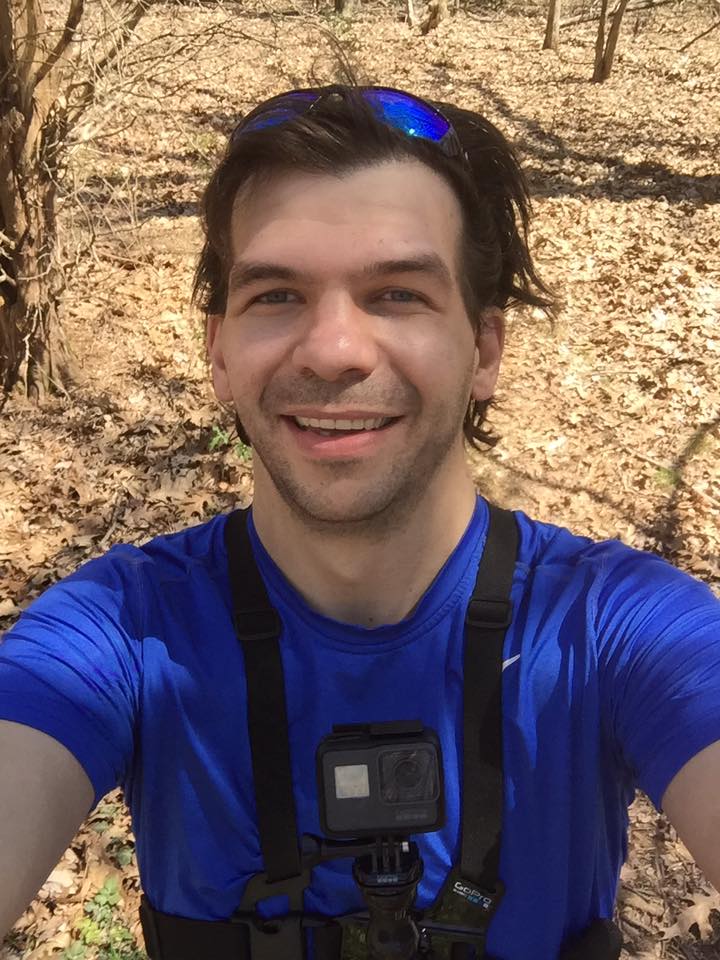
Shawn J. Gossman
Host
Shawn is the founder and host of the YouTube Channel, Hiking with Shawn as well as Hiking with Shawn LLC. Shawn hikes, backpacks and visits various forested areas in the Shawnee National Forest, local state parks and other areas promoting outdoor recreational activities to obtain video to show to locals and non-locals alike. Please support Shawn’s efforts by sharing this post and leaving a comment below.

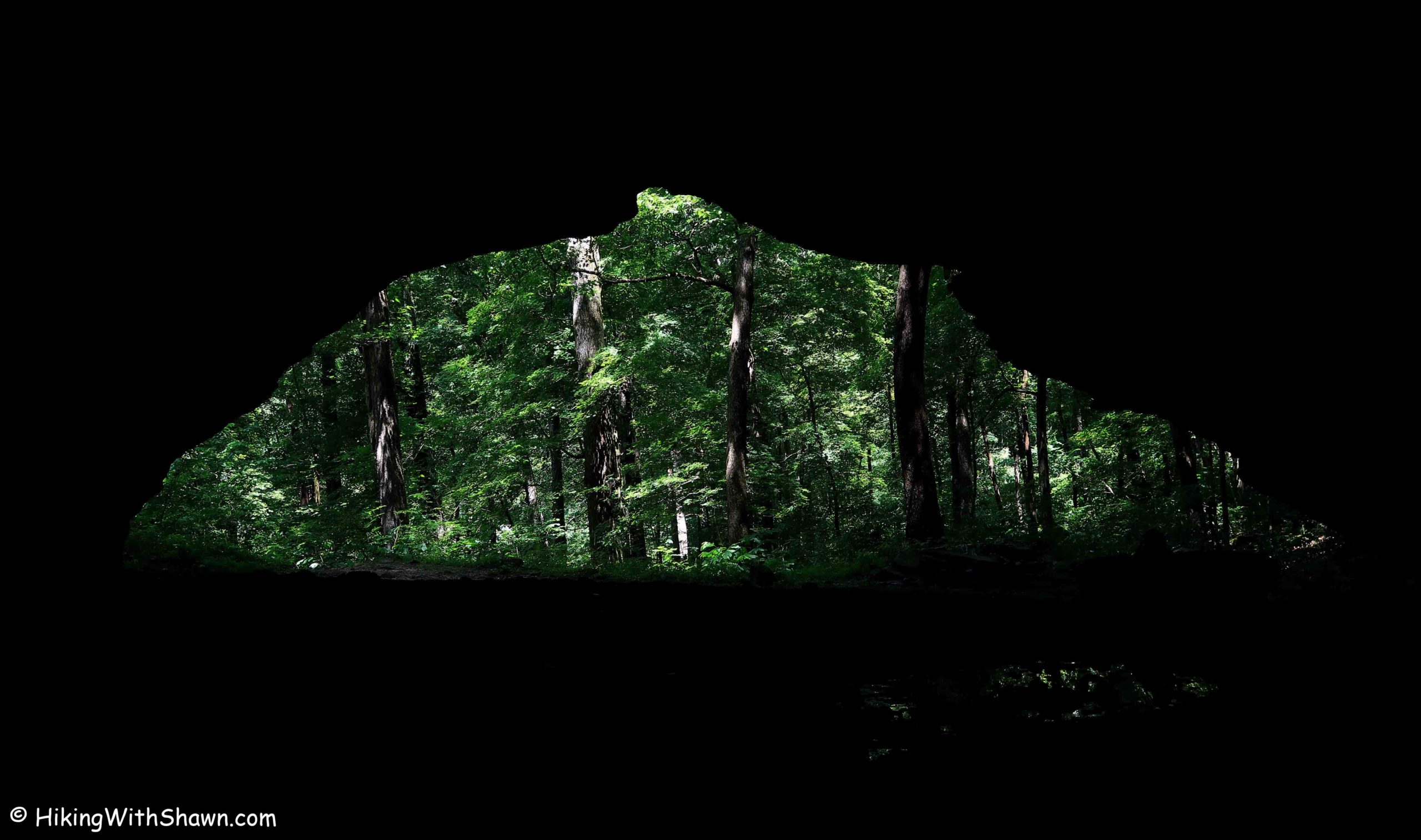
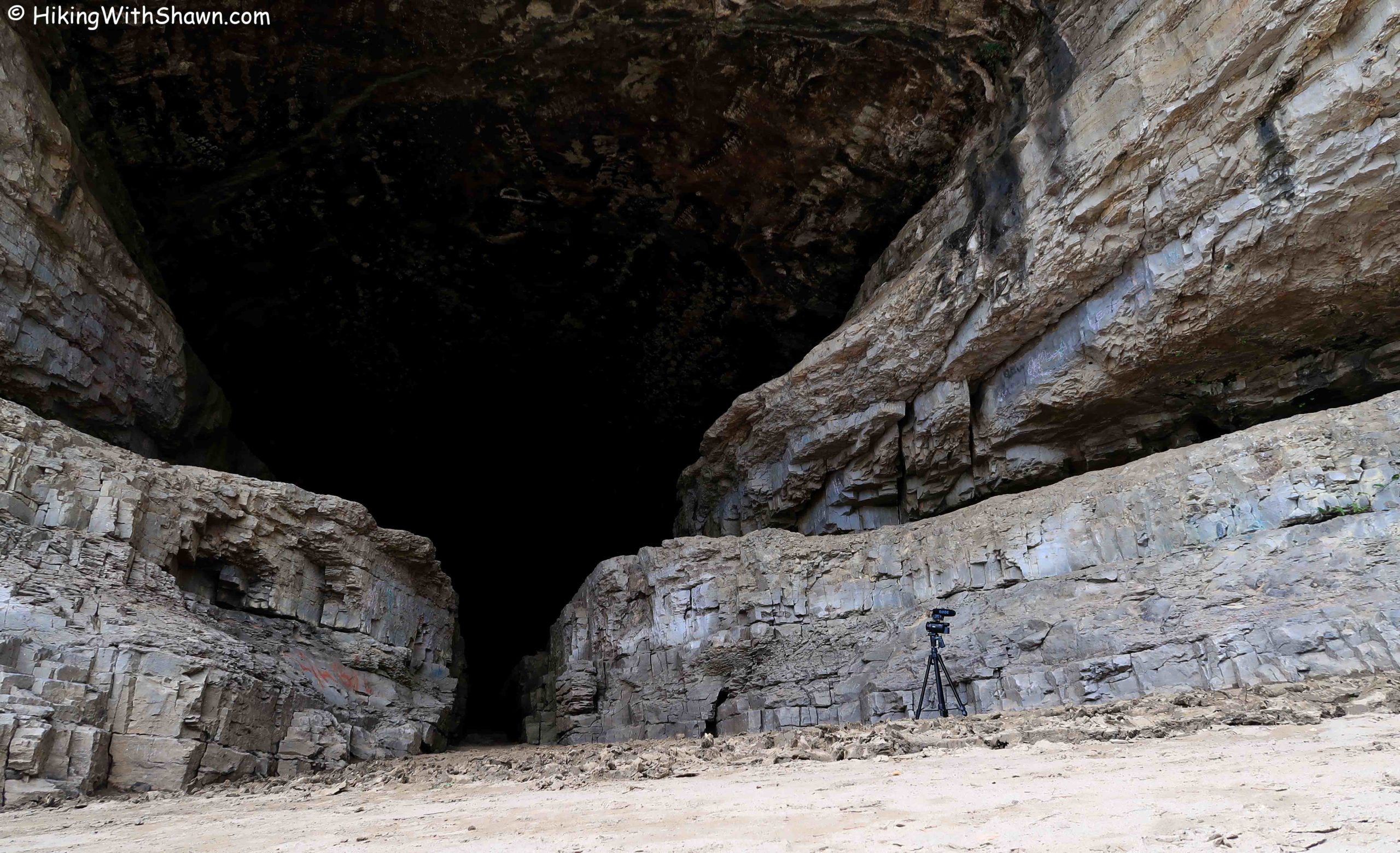
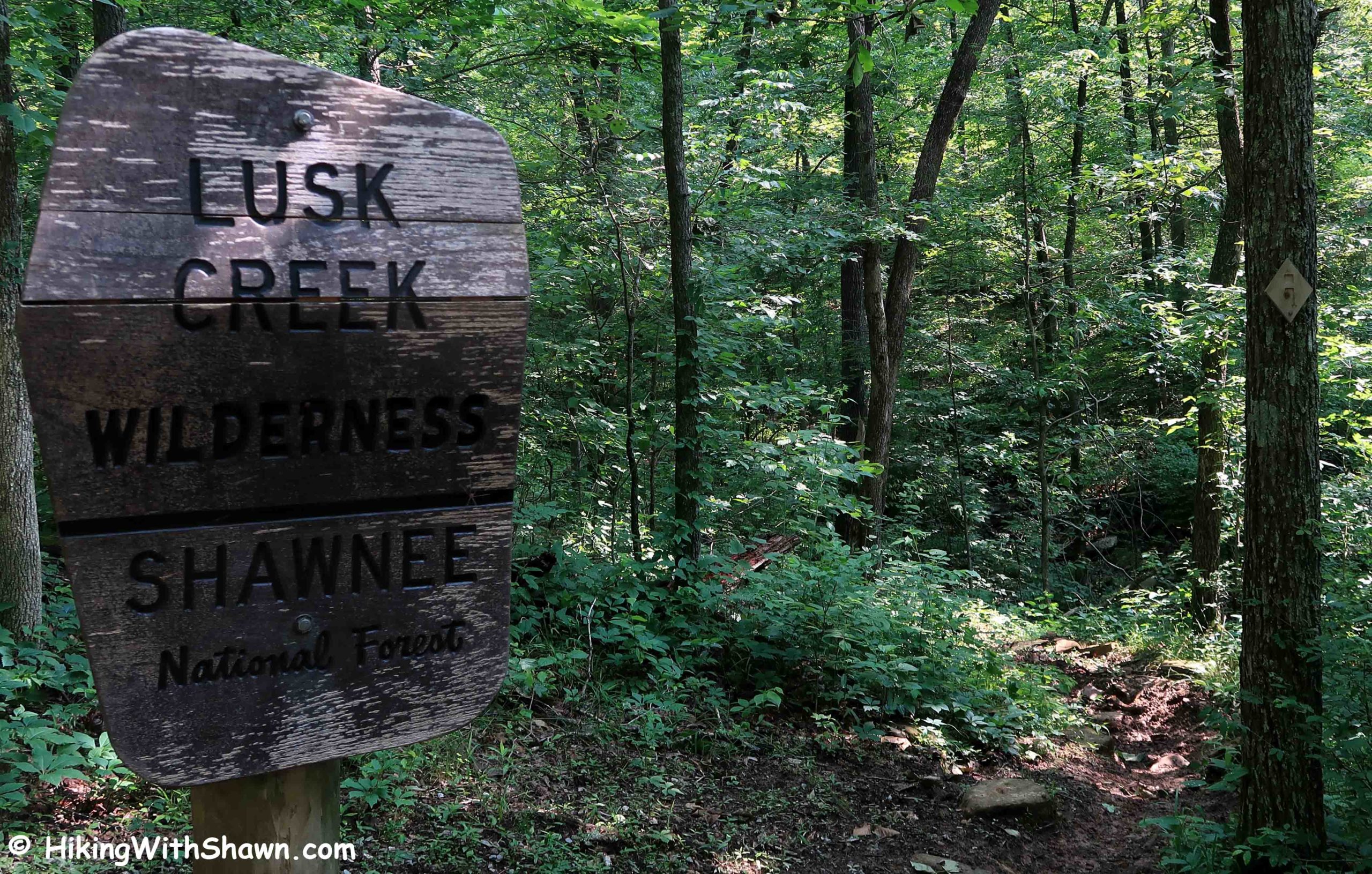
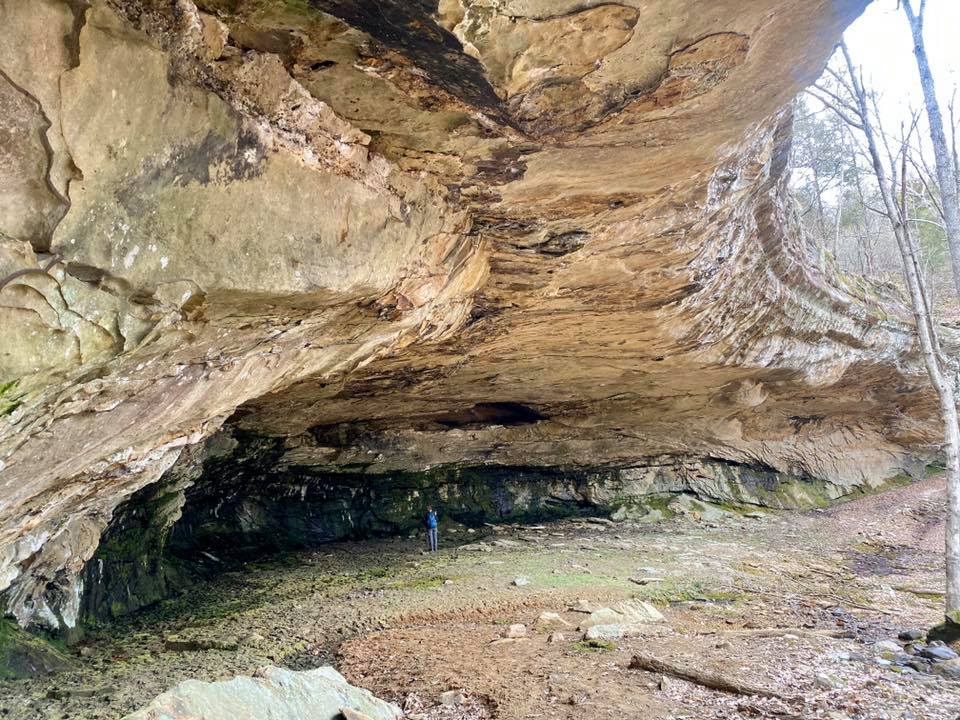
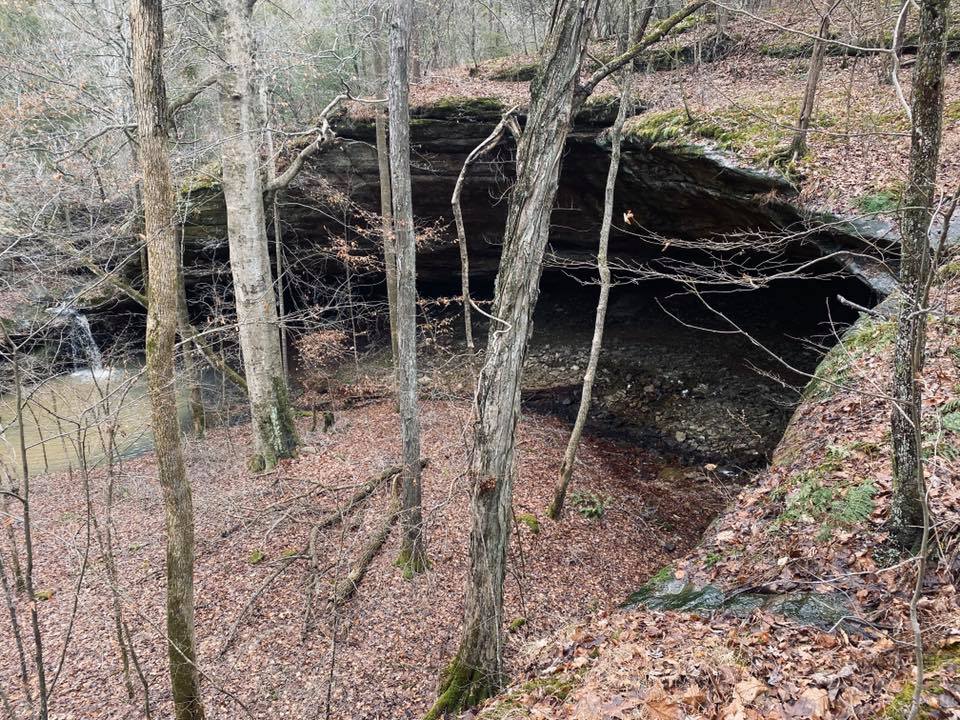

Very nice videos. How do you determine where all the eco ares are for fires and such?
Check out this map: https://www.google.com/maps/d/u/0/viewer?mid=1UZYHyAD3fxTIhSNbLXA9aiXtbic&ll=37.55120387990221%2C-88.9623871844925&z=10
Hi Shawn,
I’ve been trying to find Horse Cave. I’ve found the sign and followed it to sailboat rock. I did find a bluff on the other side of the electric lines but can’t find a way down. Could you please give me more detailed directions to this bluff cave?? Love your videos!
Sincerely,
Jane Huebner
Here is a GPS track of a trip there 🙂 https://www.strava.com/activities/4398861148